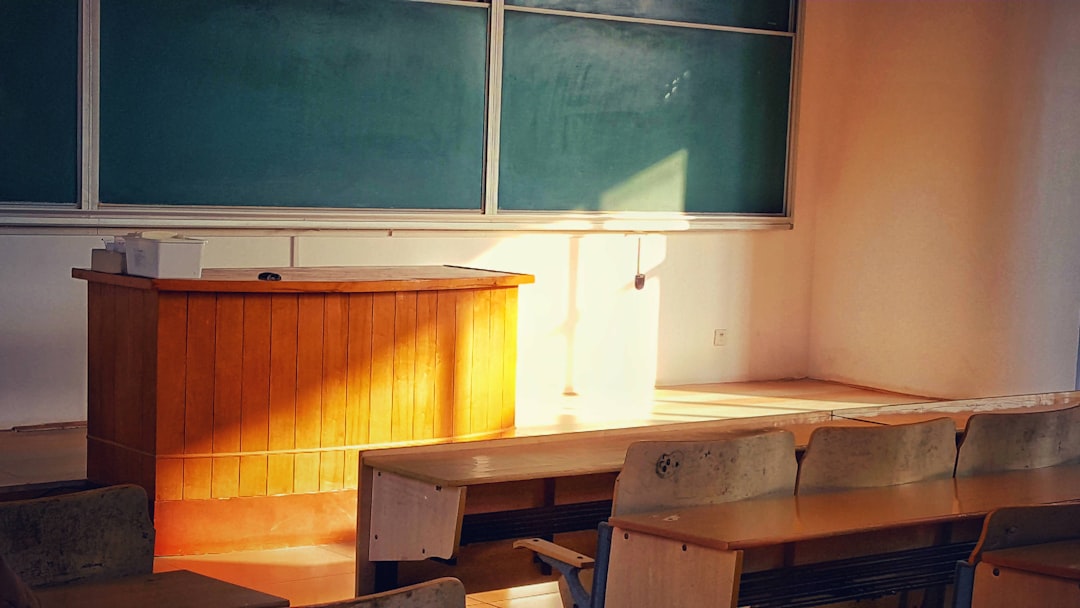Teacher shortage reaching crisis levels
Each aspect of this crisis presents a significant challenge for kids.
Originally published in the Moultrie News.
I know teachers leaving the profession is a problem, but my child’s principal at a suburban elementary school told me the problem is just as big with people not entering the profession. She said in the past, she would have 25-30 applicants per opening, mostly new teachers. Now she gets five. Can you speak to this issue and how it could impact the future of education?
The future is already upon us, with the problem starkly articulated in a 2023 Washington Post analysis: “Teachers are leaving the classroom at higher rates, and the pool of candidates is not big enough to replace them.” Each aspect of this crisis presents a significant challenge for kids.
A recent Penn study found that teachers are leaving their jobs at even higher rates than nurses and police officers. According to Education Resource Strategies, 23 percent of teachers left their school in 2023. Thus, between the time your child enters and leaves elementary school, the entire faculty could be overturned (assuming there are enough applicants to replace the departures). Think about the repercussions of such high turnover. Schools cannot sustain a culture. Relationships are few. There are no institutional values. School pride is nonexistent. It’s a mercenary climate.
It doesn’t help that many districts are cannibalizing their own teaching supply. With district-level administrative offices at max capacity, the trend is toward school-based bureaucracies. Schools are crawling with former teachers who don’t teach anybody, and who can blame them? Jumping into positions like “instructional coach” is shrewd. Why absorb the classroom’s daily pressures when you can get paid the same rate to critique someone else doing it? Unfortunately, the glut of such positions siphons away a vital supply of human and financial resources.
But the teacher exodus is only one side of the problem. The other is the bone-dry incoming educator pipeline. In 2010-11, approximately 792,077 people were enrolled in a teacher prep program. By 2020-21, the most recent year data was available, the number had fallen off a cliff to 432,256. If teachers were money and schools were a business, bankruptcy would be inevitable.
Social media plays a crucial role in the pipeline problem. Teachers are generally not shy about discussing problems in their profession, and outsiders are usually eager to hear them. Social media has allowed teacher voices to travel farther and wider than ever before, discouraging young adults from diving into education. Things are becoming so tough that teachers are even deterring their own children. Teaching used to run in families; now it runs away from them.
Lower teacher numbers aren’t the only complication with the pipeline, however. There’s also lower quality. The Post analysis shows that after the pandemic, states lowered job requirements, filling empty classrooms with underqualified educators. Less qualified teachers tend to leave the profession at higher rates and have poorer classroom management, which isn’t good in an age where misbehavior is rising. Compounding the problem is that parents and educators have not instilled in today’s college graduates the resilience required to manage teaching’s unrelenting stress.
The fact that teacher supply lags behind demand should theoretically have led to higher wages, but teachers are actually losing ground compared to other workers, according to research from the ADP Institute. This intensifies supply problems because studies continue to cite low pay as a reason teachers are leaving the profession.
But it’s not the only reason. Working conditions are also a top cause, especially student behavior. A 2023 Harris Poll showed that discipline is teachers’ most serious challenge. When teachers can’t manage their own classrooms, kids suffer the consequences whether the teacher leaves or stays.
The circumstances may appear to offer a bleak prognosis for teacher shortages, but the good news is that a simple blueprint for solving the problem has emerged: pay more, fix unmanageable school conditions, and allocate resources wisely.
Policymakers who continue to sidestep these solutions should consider acquiring their own teaching credentials. Eventually, they’ll be the only ones left to do the job.
Read the original column here.



